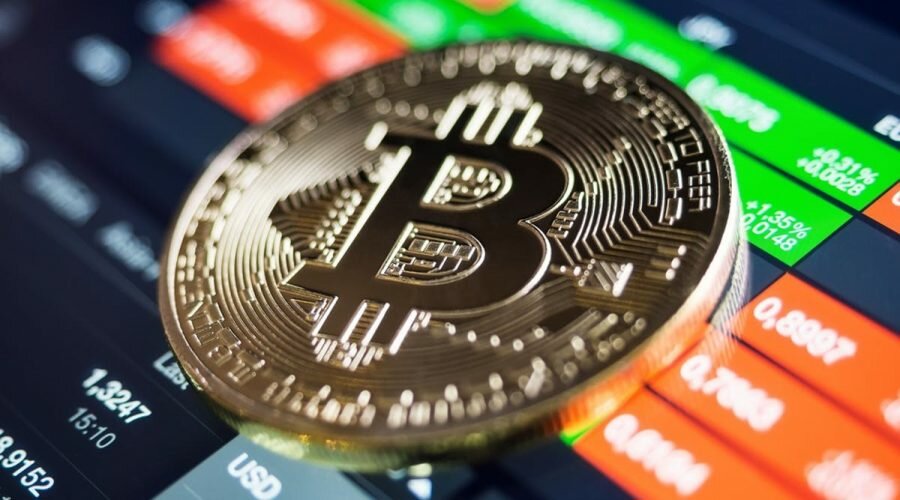On December 13, Bitcoin reached 90% of the maximum supply, so what can happen after the supply of this cryptocurrency runs out?
Author Mehab Qureshi, in an article on The Indian Express, says that a research conducted by Blockchain.com showed that of the total supply of 21 million Bitcoins, 18.89 million have already been mined and are circulating in the market. The milestone comes almost 12 years after the first block, which consisted of 50 Bitcoins, was mined on January 9, 2009.
Bitcoin is one of the few cryptocurrencies with limited supply. Bitcoin inventor Satoshi Nakamoto capped the number of Bitcoin at 21 million, to make the cryptocurrency scarce and control inflation that might arise from an unlimited supply.
Before examining the implications of Bitcoin’s 21 million cap, it might be interesting to consider whether it will ever reach that figure.
It should be noted that every four years the reward for mining Bitcoin is halved. So, when Nakamoto created Bitcoin in 2008, the reward for confirming a block of transactions was 50 Bitcoins. In 2012, it was halved to 25 Bitcoins, and it went down to 12.5 in 2016.
The supply of newly mined Bitcoin is kept constant by its algorithm, even if the number of miners changes over time.
Only one block — yielding 6.25 Bitcoin as of August 2021 — is created every ten minutes. On average, the blocks created will keep ‘halving’ every four years, until eventually only 0.000000001 Bitcoin are awarded per block ‘mined’ by the year 2140.
Transactions are expected to continue holding up its value, but no new Bitcoin will be created after that. Meanwhile, the year 2140 — 119 years in the future — is further away than the expected life span of most people alive today.
Impact on mining
After reaching 21 million supply in circulation, Bitcoin will become more scarce and miners will be dependent on transaction fees, instead of block rewards. The miners will start earning more out of the transactions that happen on these blockchains than from the mining itself.
It is worth noting that Bitcoin is not just a cryptocurrency, but a blockchain network that processes transactions on a distributed ledger framework. So the technology has far more use cases than just being a crypto asset.
Irrespective of any future efforts to change the underlying Bitcoin technology, experts continue to speculate on the future once the maximum limit is reached. Some analysts claim new technologies will likely help to cut the cost of mining(Bitcoin mining requires high-powered computers that make intensive use of electricity)—which will eventually result in more profit for miners.
Others suggest that bitcoin platforms will only be used for large, very high-value transactions, which will provide enough revenue to satisfy stakeholders, and currently the average fee per bitcoin transaction is $15.
Note that this fee was as low as $1.40 (Rs 106 approx.) last year, meaning that the price can continue to spike in some events like a crypto bust. However, there is no assurance that the cost of the mining process will remain high in the years to come.
Effect on price
The rarer an item is, the higher its value. Rising demand in the face of limited supply makes for sky high prices. And, there’s only so much of the oldest cryptocurrency in the world, Bitcoin, to go around.
Ankur Dubey, principal of investments at Jupiter Capital, believes there is an inverse relationship between the prices and the total Bitcoin supply. “Investors can expect the price to go up, as the supply of Bitcoin will come down further. So, it is exactly the opposite, when the supply comes down, the prices move up rather than the other way around.”
Meanwhile, another expert Hitesh Malviya, founder of itsblockchain.com, finds It hard to predict how the Bitcoin price will look like after 120 years. He added, “price will depend on the future demand, regulations. But one thing is for sure, Bitcoin will become the most scarce asset in the world by then.”

